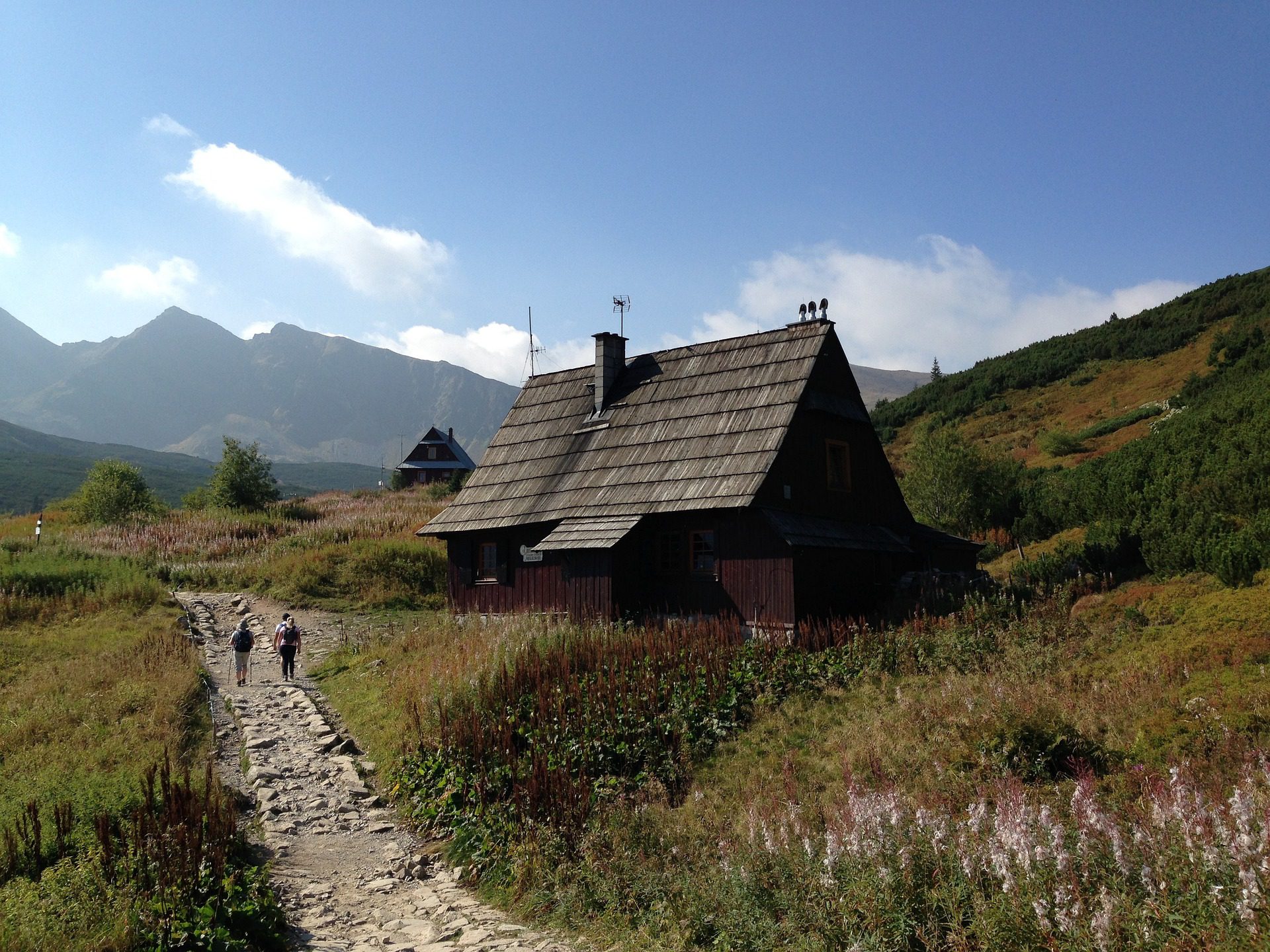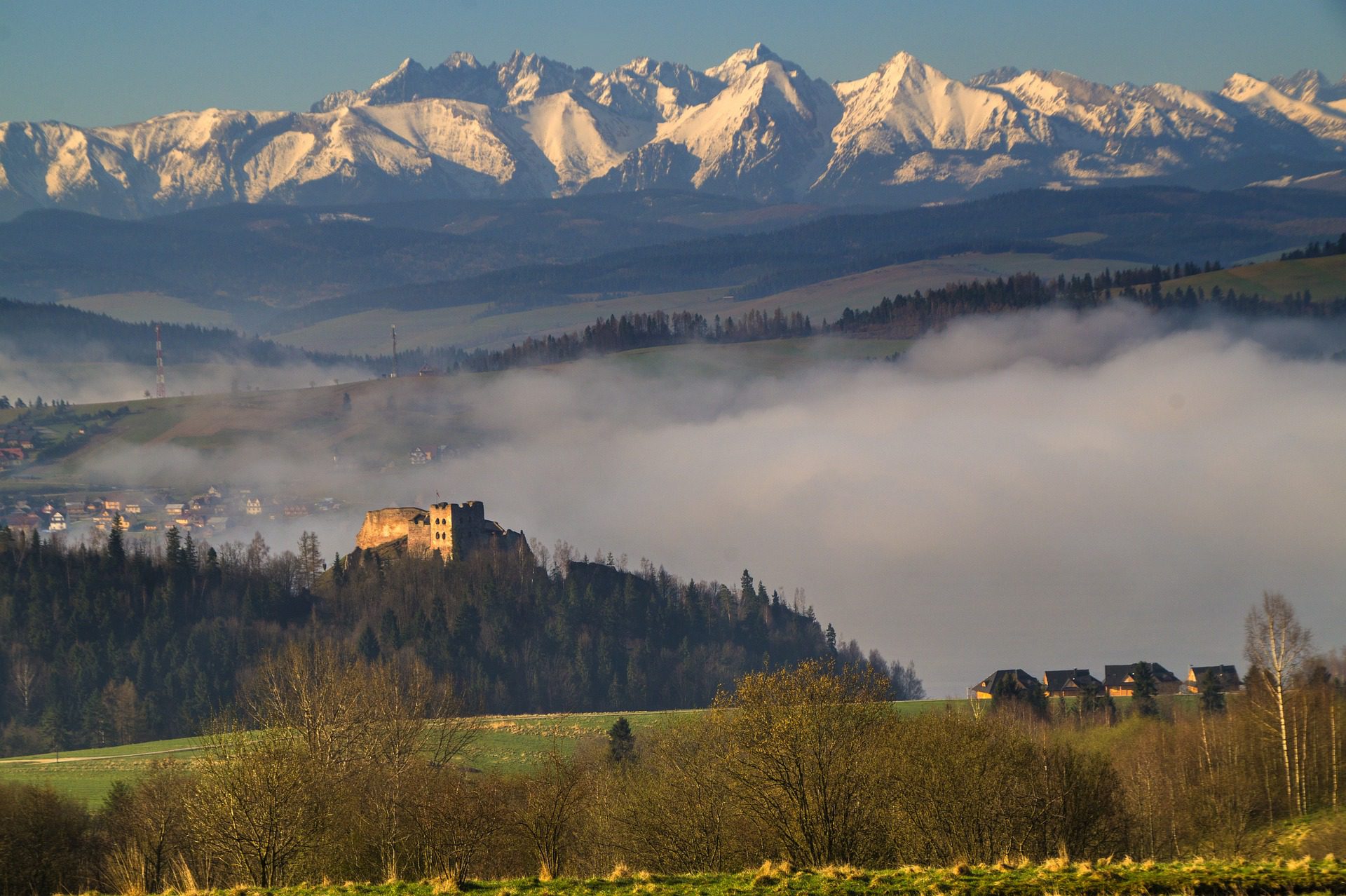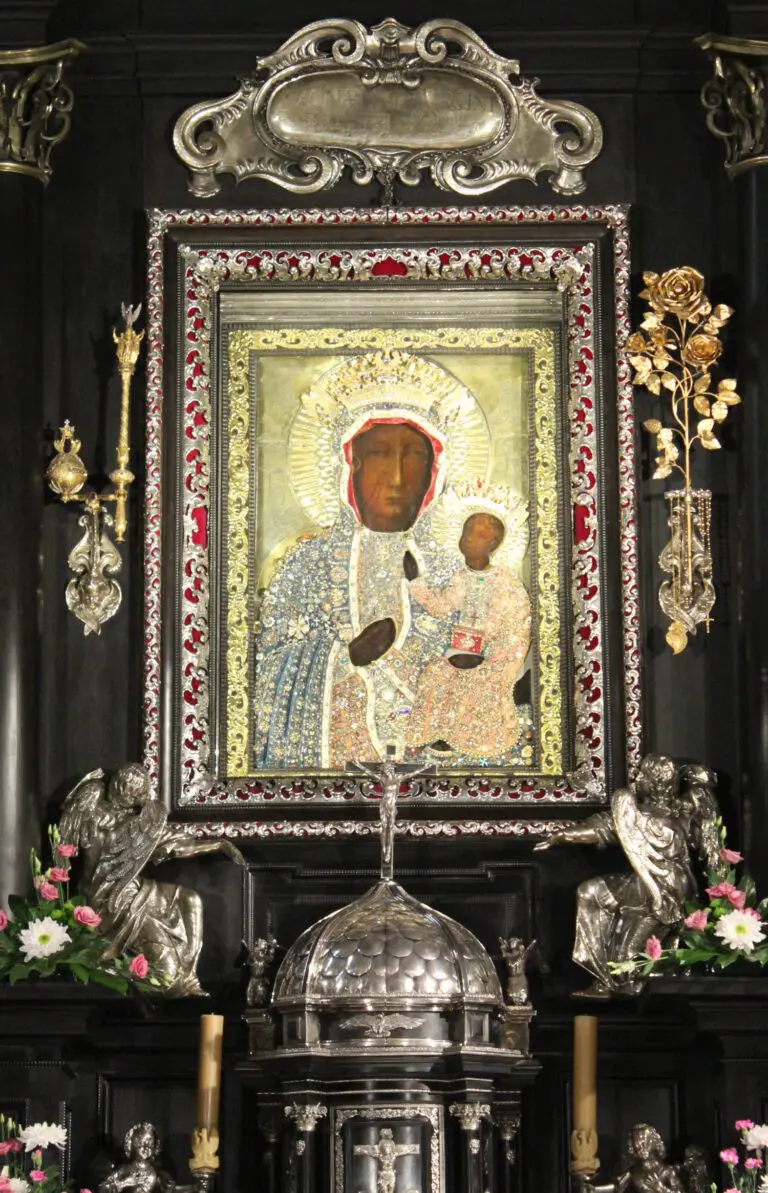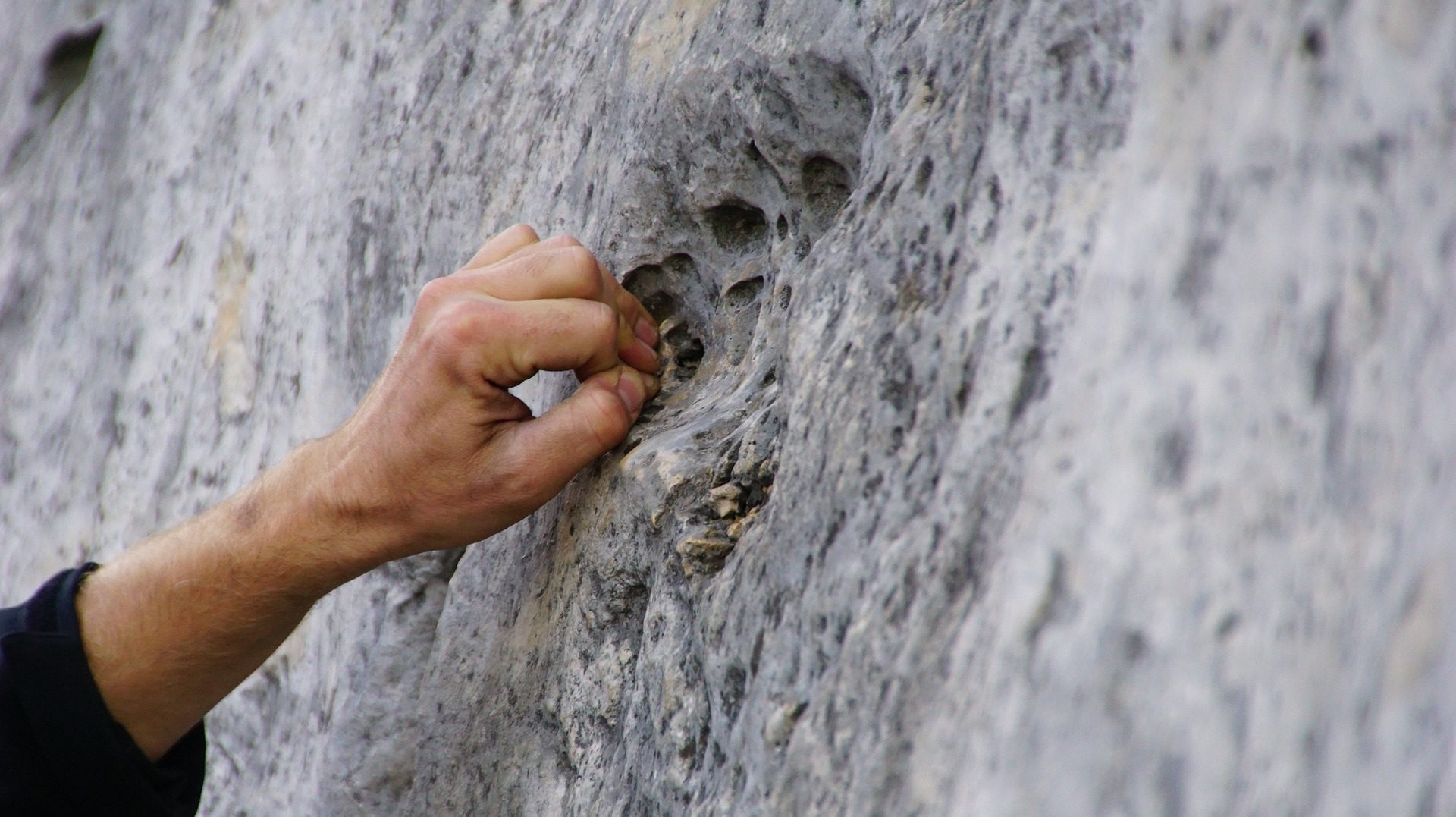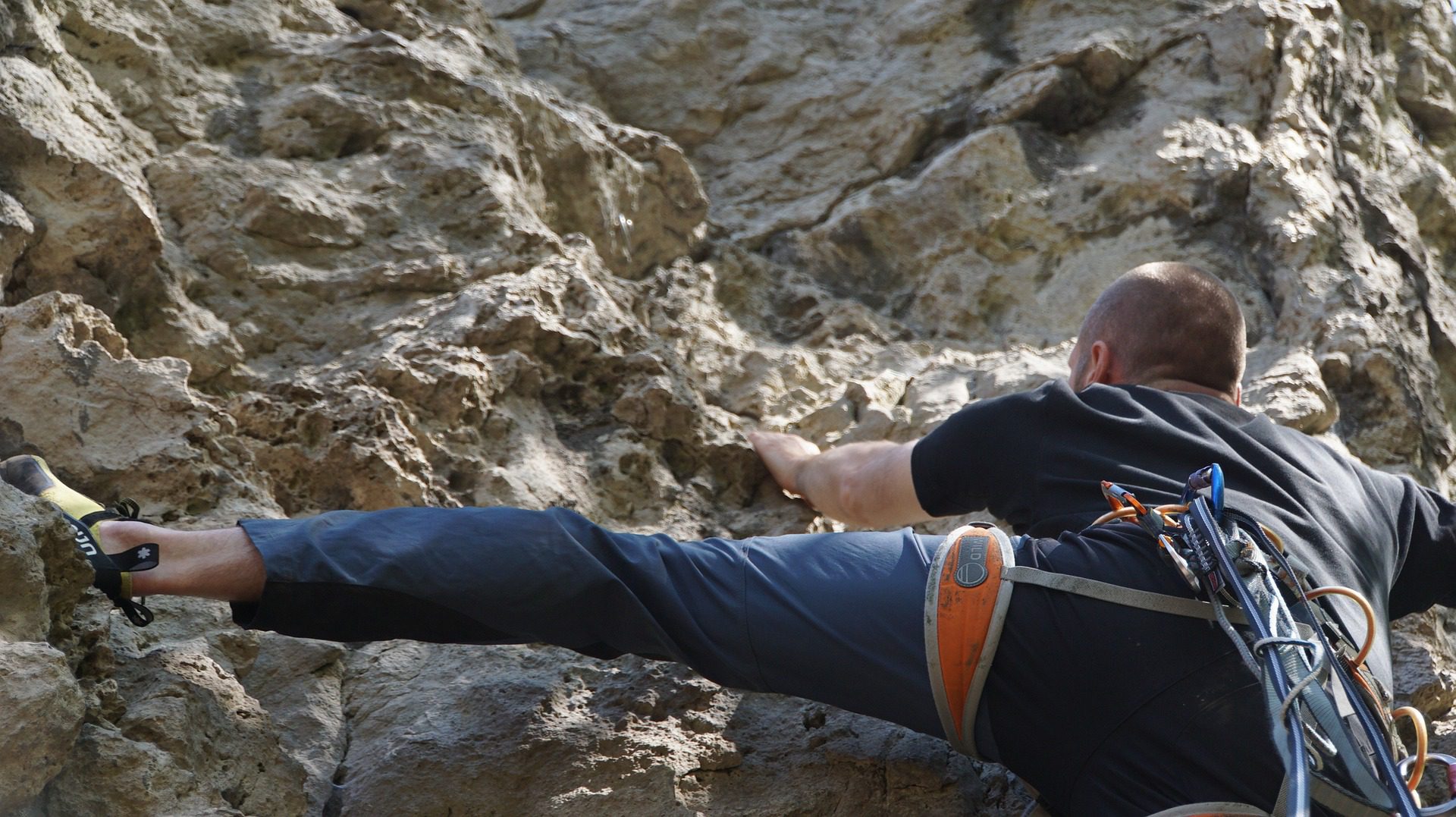Zakopane
Zakopane: Exploring the Beauty and Culture of Poland’s Winter Capital
Nestled at the base of the Tatra Mountains in southern Poland, Zakopane is a popular winter destination known for its stunning natural beauty and rich cultural heritage. With its unique blend of traditional and modern influences, Zakopane offers visitors a chance to explore the best of Poland’s history and natural wonders.

The History of Zakopane
The town has a long and storied history, dating back to the 17th century when the first settlers arrived in the area. In the 19th century, Zakopane became popular as a health resort, with visitors coming from all over Europe to take advantage of the fresh mountain air and therapeutic hot springs.
During this time, Zakopane also became a center of Polish culture and art, with many artists, writers, and musicians flocking to the town to escape the urbanization and industrialization of the cities. This cultural heritage is still evident in Zakopane today, with traditional highlander architecture, folk art, and music still a vital part of the town’s identity.
Exploring Zakopane Today
Today, the town is a popular winter destination, with visitors coming to enjoy skiing, snowboarding, and other winter sports. But even if you’re not a fan of the cold, there is plenty to see and do in Zakopane year-round.
One of the most popular attractions in Zakopane is the Tatra Mountains, which offer breath-taking views and excellent hiking opportunities. The town itself is also home to many museums and art galleries, including the Tatra Museum, which showcases the history and culture of the region.
Visitors to Zakopane can also experience traditional highlander culture by attending a folk music or dance performance, or by sampling local cuisine, such as oscypek, a smoked cheese made from sheep’s milk.
No matter the season, or the weather, the town’s most popular street; Krupówki is crowded with tourists visiting the shops and restaurants. The street is packed full of market stalls selling local Goral apparel, leather jackets, fur coats, hats, shoes and also the famous oscypek smoked sheep cheese, fruit, vegetables, and meats. During the evening, Krupówki is popular for nightlife.
Winter sports
For those interested in winter sports, the town has several ski resorts, including the popular Kasprowy Wierch and Gubalowka ski areas. But even if skiing isn’t your thing, you can still enjoy the snow by taking a horse-drawn sleigh ride through the town or by simply strolling through the picturesque streets and admiring the snow-covered architecture.
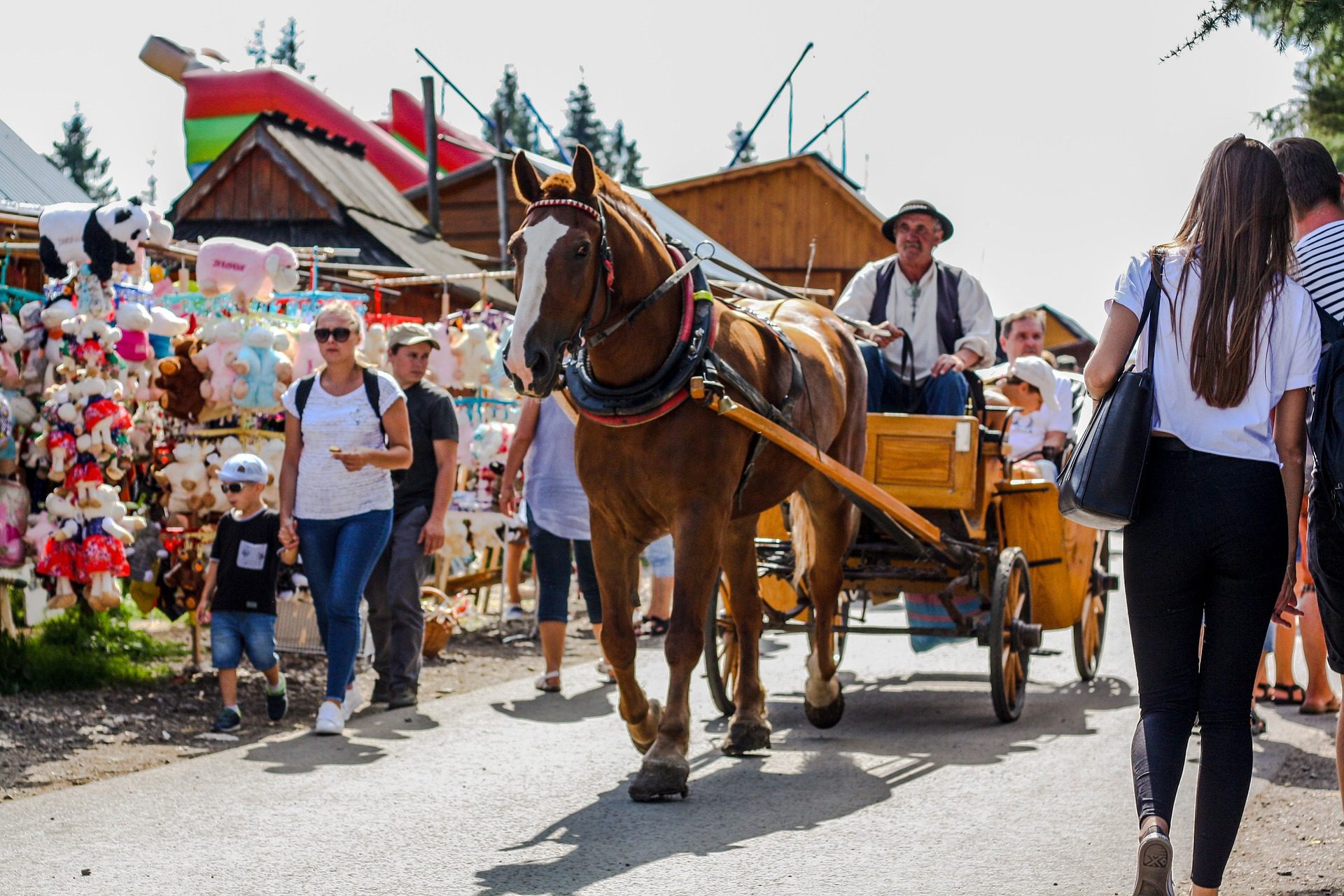
Championships
Zakopane hosted the Nordic World Ski Championships in 1929, 1939, and 1962; the winter Universiades in 1956, 1993, and 2001; the biathlon World Championship; several ski jumping world cups; and several Nordic combined, Nordic and Alpine European Cups. It hosted the Alpine World Ski Championships in 1939, the first outside the Alps and the last official world championships prior to World War II.
The town recently made unsuccessful bids to host the 2006 Winter Olympics and the 2011 and 2013 Alpine World Ski Championships.
Climbing, Skiing & Hiking
Climbers from all over Europe travel to Zakopane to climb in the High Tatras and thousands of people arrive to go skiing in the winter, especially around Christmas and in February.
Zakopane has many hiking trails and ski slopes. This makes Zakopane a tourism mecca for all seasons. The downtown bustles with outdoor wear shops and ski rental stores. Tourists come here in large numbers in summer and during the Christmas and New Year Season.
Conclusion
Zakopane is a charming and vibrant town that offers visitors a chance to explore the best of Poland’s natural and cultural heritage. From the stunning Tatra Mountains to the rich history and folk traditions of the town itself, there is something for everyone in Zakopane. Whether you’re a winter sports enthusiast, an art lover, or just someone looking to escape the hustle and bustle of the city, Zakopane is a destination you won’t want to miss.
For detailed tourist information about Poland, please visit our travel partner, the Poland Travel Agency.
Zakopane tours & experiences
